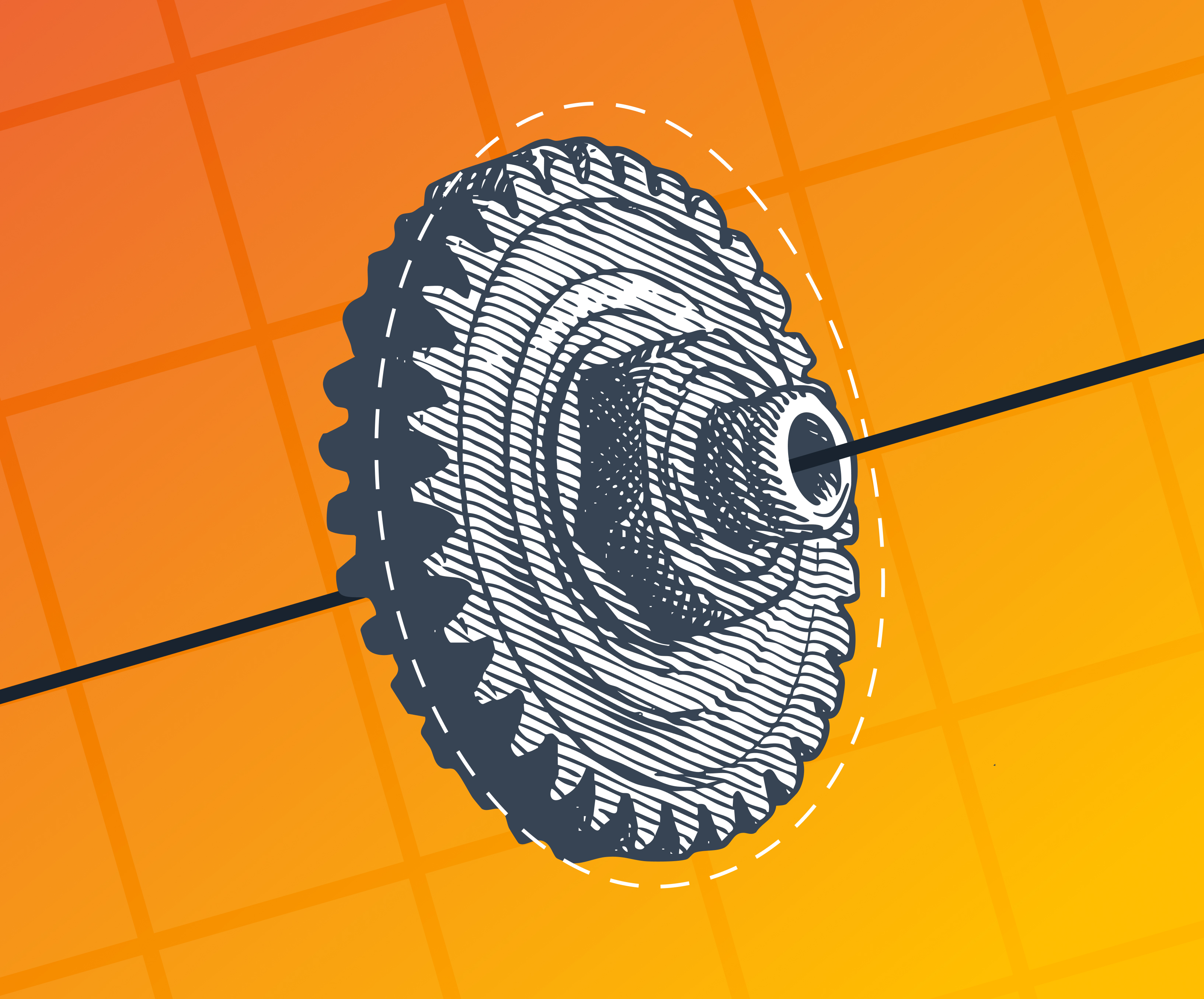
The path of an electrical engineer is one of intrigue. Through my years at the Missouri University of Science and Technology, I studied topics such as calculus, power systems, digital logic, more calculus, programming, computer systems, even more calculus, and much more (yes, more calculus past that too…). I’d spent my first few years after graduation working as a long-term transmission planner at my local utility company, learning the practical side of power systems. I drank from a firehose, learning everything from transmission studies and long-term plans, economic development and load requests, and generation interconnection processes to name a few.
However, in all of my years of learning and in all of the complexity of electrical engineering and the power grid, there’s one thing that still boggles my mind: almost all of our power comes from turbines! Yeah, most of our power comes from a big chunk of metal being spun by water or steam, originally invented in 1884! We have so many inventive ways of harnessing energy yet most methods have this single common denominator, this single crutch. And yes, it’s not exactly a crutch in the sense that a turbine shortage would destroy the world or anything, but it’s still crazy to me that we harness the power of the earth in so many ways and yet they come down to this one piece, this singular application of physics.
Join me as we dive into the physics and uses of what I call the ‘Jesus nut’ of the utility industry.
TGI Faraday
At its core, a turbine works by invoking Faraday’s Law. This is a core yet simple law stating that a change in the magnetic field induces a change in the electrical field, and vice versa. You can see this in many different applications, like electric guitar pickups, induction stovetops, and even credit card readers. Whether it’s through a vibrating string or a magnetic strip, the magnetic field is changed and an electrical current is induced.
This exact same concept is at work in turbines, albeit on a much larger scale; some force rotates a coil, generating a changing magnetic flux and thus, a change in current. The larger the change in flux, the larger the current. A fantastic law and a beautiful use of it, but did you realize that this one law is the main driving force behind nearly all modern power generation?
What it Boils Down to
As we saw, turbines are rather simple machines in a sense and they can be used in many different ways, both in day to day life and in the world of power generation. Surprisingly though in generation, most boil down to one method: creating steam! And herein lies my bewilderment, that in all of our technological advancements and discoveries, in all of the miraculous ways we’ve learned to harness the earth, we end up just boiling water?
Take geothermal power for instance: we pump hot water and steam out of the earth to turn a turbine and generate electricity. Or fossil fuels: we burn a resource to create heat, boil water, and generate steam. Wind and hydro get half points here for bypassing steam but the process is the same: wind or water spins the turbine directly to generate electricity. And nuclear generation, the craziest example in my eyes: we split atoms to (stay with me here) boil water, and (wait for it…) spin a turbine with the steam. Electrifying.
Today, photovoltaic solar farms stand out as the only widespread source of electricity that doesn’t rely on spinning a turbine. Now I’m not trying to sell turbines or generation as we know it short; every inch of engineering we’ve discussed has had years of immense research, trial and error, and undoubtedly luck behind their discovery and implementation to our everyday life. But imagine if we had the chance to talk to aliens about our technology and power systems here on earth.
“Oh, you finally split the atom and harvested the power of 70’s music?! That’s great! How are you using all of that energy?”
“We boil water…”
Conclusion
All in all, I suppose I’m just amazed that we haven’t discovered a more efficient way to transfer energy despite all of our other advancements. Wind turbines are theorized to be able to extract a maximum of only 59% of available energy, and nuclear plants average around only 35% efficiency. Now obviously the turbine itself isn’t the only factor in efficiency, there are many moving pieces and factors to consider, but is this really the best we can do?
In a growing world of AI and electric vehicles, with skyrocketing demands for load and consequently generation, at what point will we, whether by choice or by force, move to a more quality over quantity mindset when it comes to generation and mechanical efficiency of our grid?
And so, I pose the question to you. What do you think our future grid will look like? Have we peaked with our current generation methods? Is the turbine simply the wheel of the electrical/mechanical world? Will this be the year we figure out nuclear fusion, and will it save us all? I’m not positive but I can tell you one thing: it’s a future I’m looking forward to seeing.
Loved the article? Hated it? Didn’t even read it?
We’d love to hear from you.




